Designing the Next Generation of Outdoor Spaces
As 2025 wraps up, landscape design in Vancouver and the Pacific Northwest is shifting toward smarter, greener, and more resilient outdoor spaces. High end designers and builders prioritize performance as much as appearance. Combining innovation, sustainability, and craftsmanship to create landscapes that handle weather extremes and support local ecosystems. Below are the leading landscape construction trends for 2026 – a roadmap to durable, modern, and environmentally balanced spaces.
1. Build Climate-Resilient and Regenerative Landscapes
The Pacific Northwest’s changing climate demands landscapes that can adapt to both heavy rainfall and summer drought. In 2026, designers are emphasizing regenerative landscaping such as rebuilding soil health, supporting native ecosystems, and managing water naturally.
Key practices leading this movement include:
- Using native and drought-tolerant plants such as Arbutus menziesii (Arbutus) and Gaultheria shallon (Salal)
- Building rain gardens and bioswales to capture and filter runoff
- Incorporating organic composts and mulches to support soil biology
- Designing slopes and drainage systems to prevent erosion
Regenerative landscapes handle seasonal extremes, support pollinators and wildlife, and reduce long-term maintenance while improving overall ecological health.
Learn more: Landscape Design Services
Green Roofs for Healthy Cities explores how green infrastructure strengthens resilience and biodiversity in urban landscapes.
A modern Vancouver backyard with a rain garden, native shrubs, and permeable pavers.
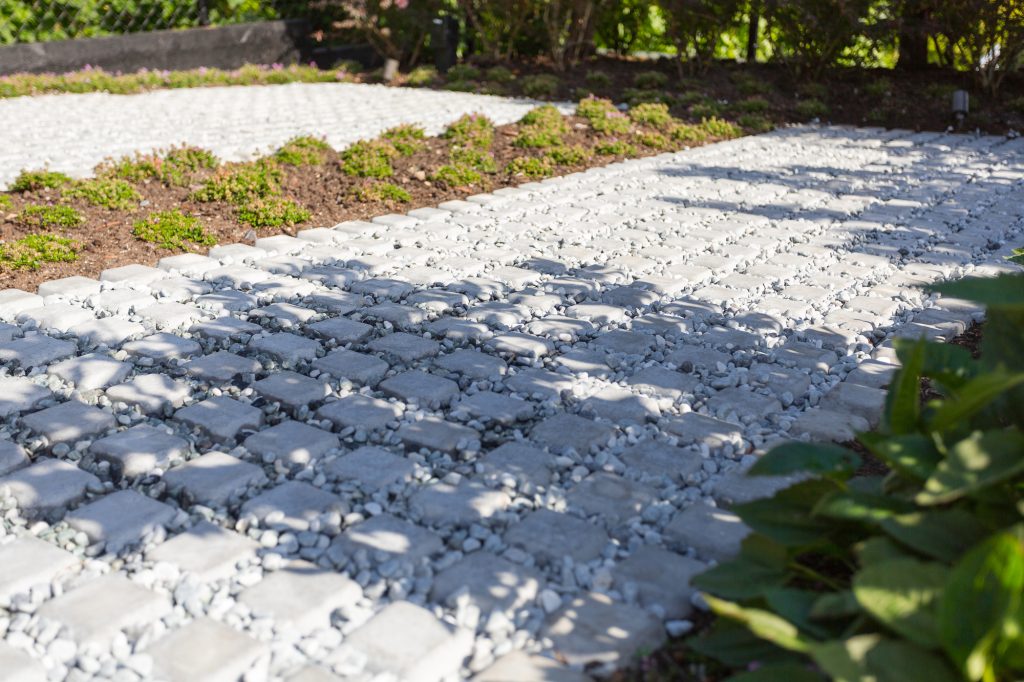
2. Smart Landscaping Technology & Automation
Technology is reshaping how homeowners experience outdoor spaces. In 2026, smart systems are becoming standard in new landscape construction. Smart irrigation, lighting, and climate controls now let homeowners manage their outdoor environment directly from their phone.
Key innovations:
- Smart irrigation controllers that monitor weather and soil moisture
- Energy-efficient LED lighting connected to mobile apps
- Outdoor audio and heating systems integrated into living zones
- Wi-Fi-enabled hubs that link lighting, water, fire pits and temperature control
Installing these systems during construction rather than retrofitting later ensures longevity and reduces cost. Smart technology not only enhances comfort, but also reduces resource use – an important factor as sustainability becomes a design norm.
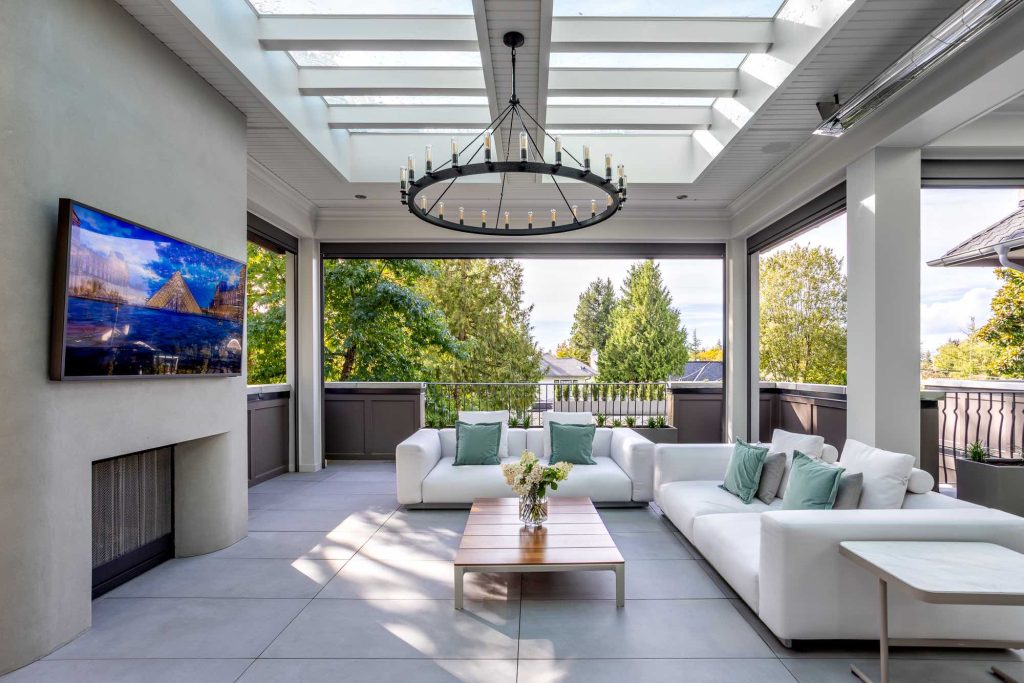
3. Sustainable Materials & Low-Impact Construction
Sustainability is now a primary driver in material choice and construction methods, with an emphasis on durability, low carbon impact, and reduced waste. Designers and contractors are choosing recycled, local, and low-carbon materials to create durable, eco-conscious landscapes.
Materials gaining popularity:
- Reclaimed stone and recycled concrete pavers
- Composite decking made from recycled wood fiber
- Permeable paving systems for natural stormwater absorption
- Locally quarried stone from British Columbia suppliers
Builders are adopting low-impact practices such as reusing excavated soil, protecting existing root zones, and reducing unnecessary excavation to limit emissions and site disturbance. These approaches protect the environment while lowering hauling costs and emissions.
- Best Time to Start a Landscape Renovation Project
- Why Steel Edging Is the Best Choice? Expert Advice
4. Outdoor Living for Every Season
Outdoor spaces are now designed as true extensions of the home. For 2026, designers expect to see outdoor living zones that are as comfortable and functional as indoor rooms such as modular kitchens, fire features, pergolas, year-round comfort systems, integrated furniture, lighting and audio.
The priority is seamless visual and functional flow between indoor and outdoor living areas.
Best practices:
- Think of flow between house and yard: sliding/folding doors, covered patios, hardscape transitions.
- Install outdoor kitchens or grills with proper ventilation, lighting and weather-resistant finishes.
- Add fire tables and built in heaters for year-round use (important in cooler months).
- Combine textures and materials (wood, stone, metal) thoughtfully to create high-end look without going over budget.
When designed with durable materials and proper drainage, these spaces become permanent living spaces that elevate both lifestyle and property value.

5. Modern Minimalism
Designers are pairing clean, modern geometry with bold, expressive planting to balance simplicity with natural richness. Structured patios and paths establish clarity, while bold vegetation adds texture and seasonal color.
Current design directions:
- Rectilinear patios framed by layered perennial beds
- Consistent hardscape materials balanced by diverse plantings
- Soft lighting that highlights texture and structure
- Monochromatic stone palettes with bursts of plant colours
This balance between restraint and abundance mirrors the Pacific Northwest’s natural beauty: refined, organic, and timeless.
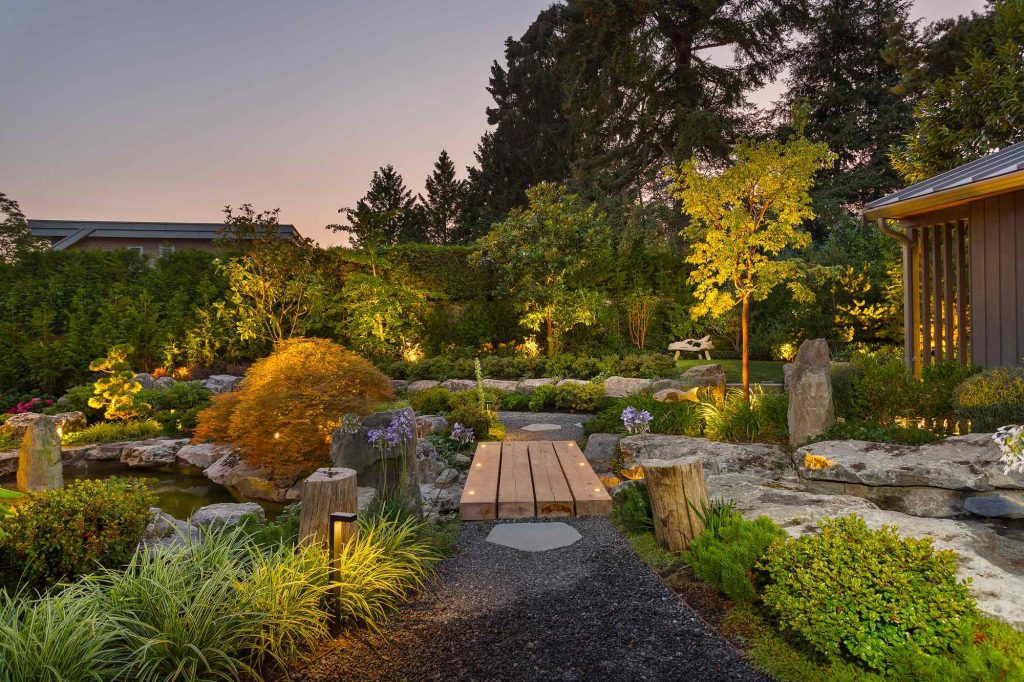
6. Community, Wellness & Biodiversity
Landscapes now serve as restorative environments that nurture both people and nature. Designers are incorporating biodiversity and wellness-focused features that improve air quality, attract pollinators, and create restorative outdoor environments.
Examples of wellness-driven design:
- Include pollinator-friendly zones or planting features (native flowering shrubs, meadows, insect-friendly plants).
- Design spaces with seating, connectivity, lighting and shade so they promote outdoor living and social interaction.
- Use eco-lighting (warm colour temperature, minimal glare) and avoid excessive nighttime light spill.
- Educate clients on how their outdoor space can contribute to local ecology and wellness.
These spaces connect homeowners with natural rhythms and contribute to ecological stability.

Conclusion: Building the Future of Landscape Construction Trends 2026
The 2026 landscape construction trends point clearly toward innovation, sustainability, and wellness-driven design. Designers and builders are combining advanced technology, natural materials, and regenerative principles to create landscapes that endure and inspire.
These practices help create outdoor spaces that perform well, respect the environment, and enhance daily living. For additional inspiration, explore our Portfolio or Contact Us to discuss your next landscape project.
Have a project in mind?

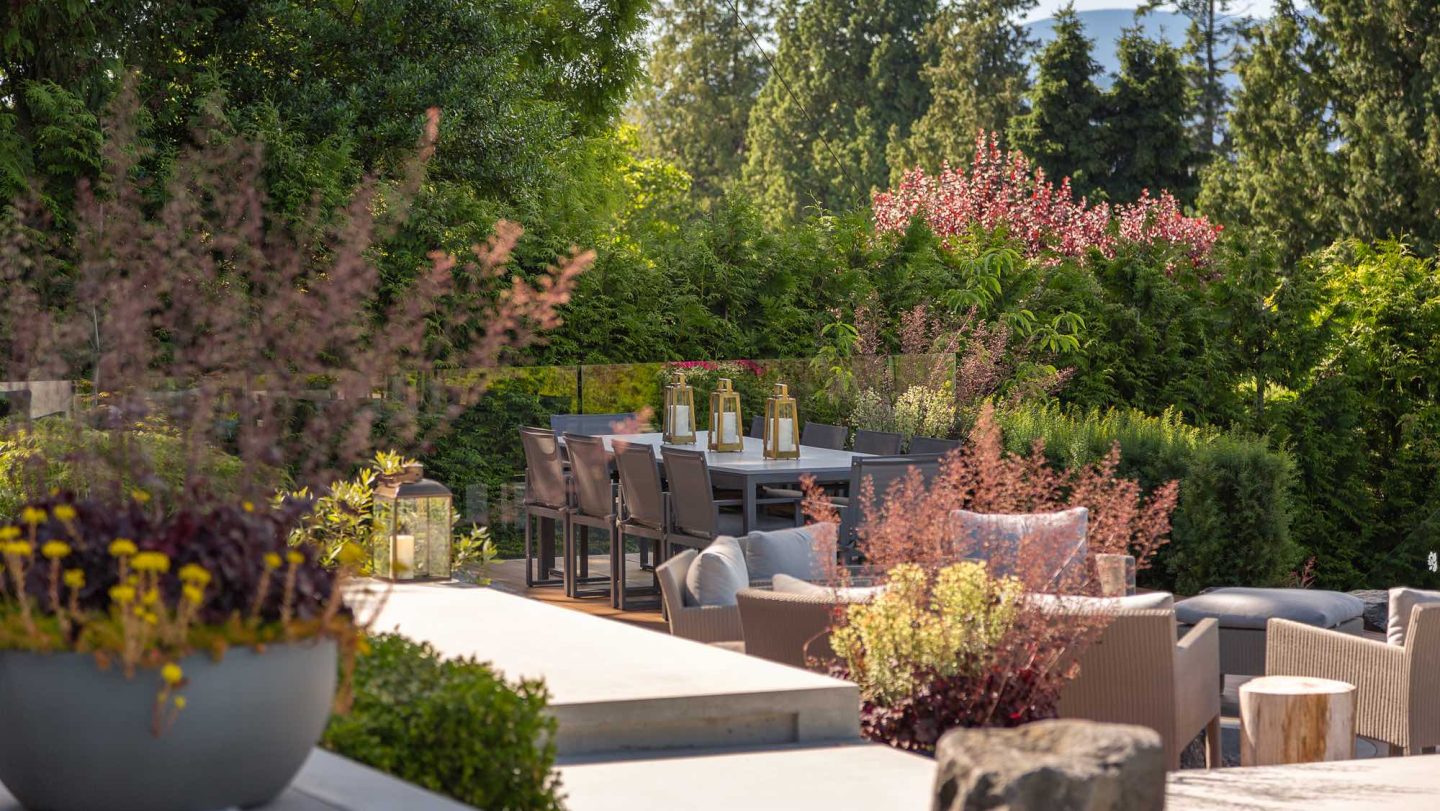
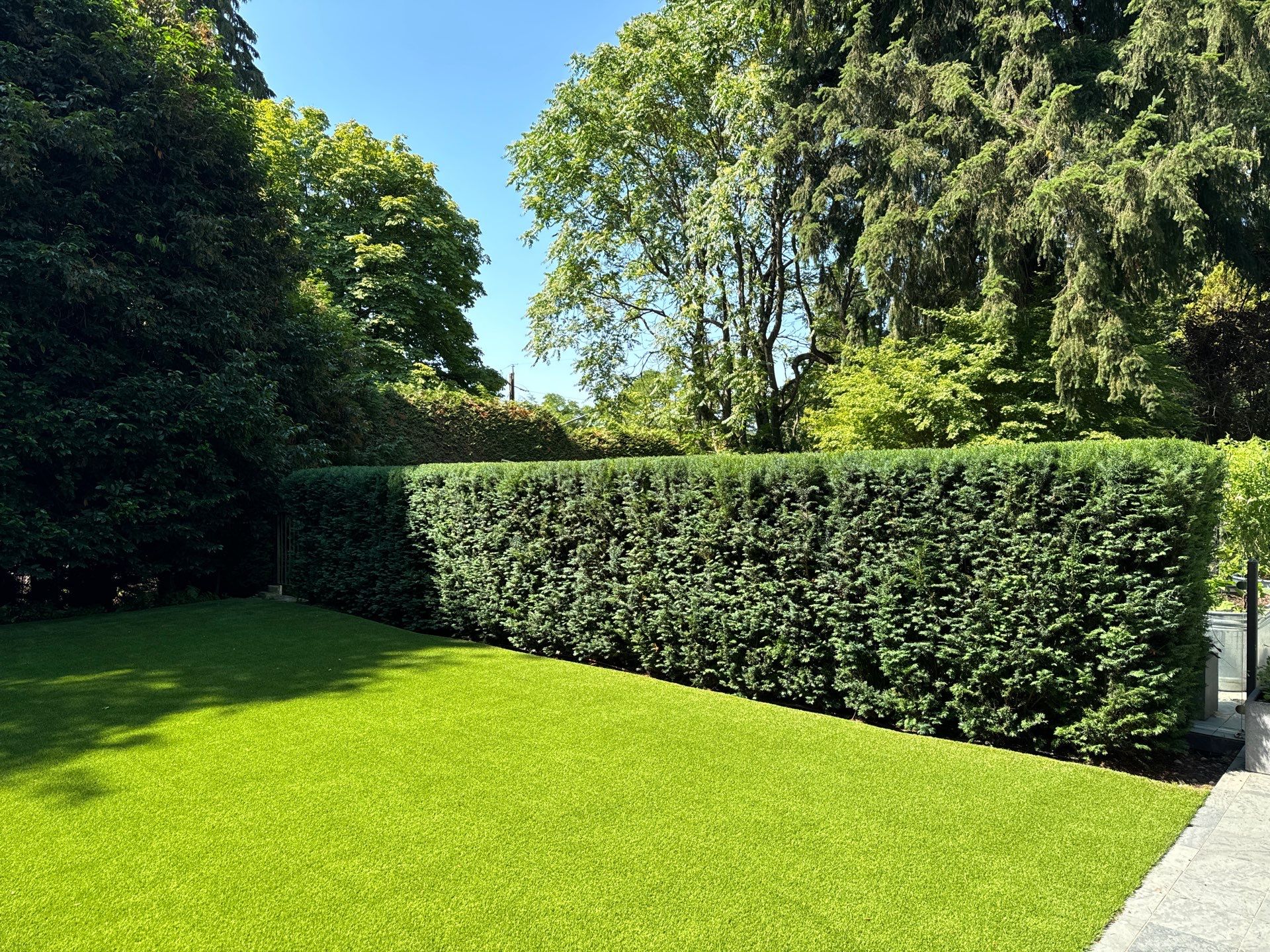
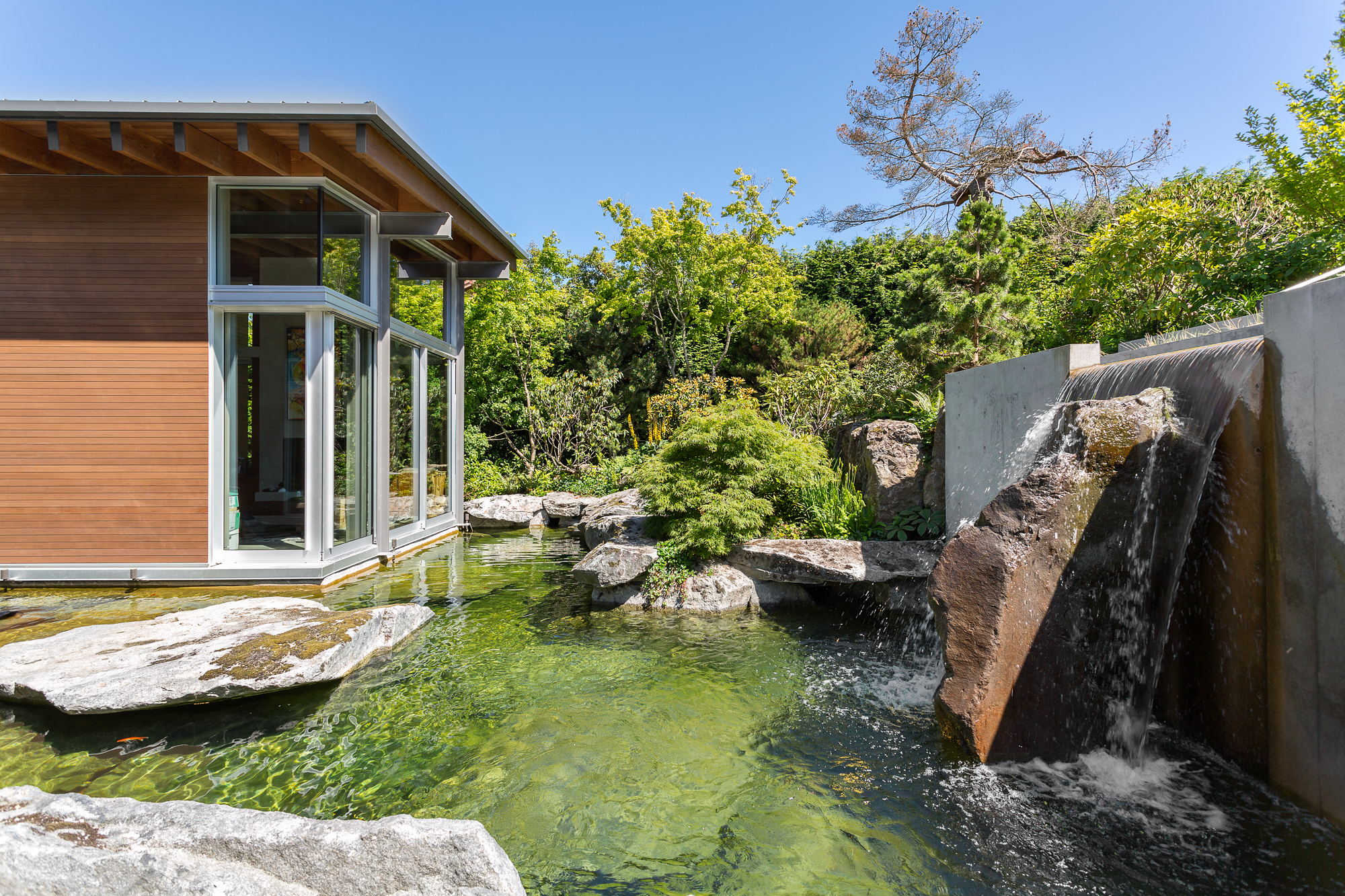
 Contact Us
Contact Us